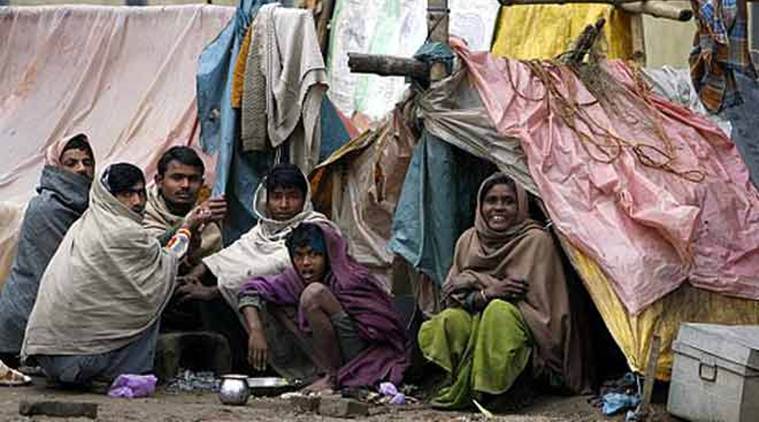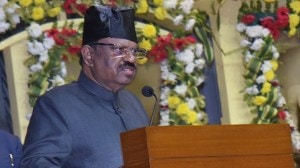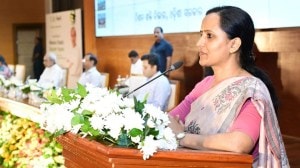- India
- International
UNDP report lauds India’s strides in reducing poverty in past decade
According to MPI 2018 released by the United Nations Development Programme (UNDP) and the Oxford Poverty and Human Development Initiative, there are 271 million fewer poor people in India in this period.
 Of the 104 countries for which the 2018 MPI is calculated, the report has found that some 1.3 billion people live in multidimensional poverty
Of the 104 countries for which the 2018 MPI is calculated, the report has found that some 1.3 billion people live in multidimensional poverty
In the decade between 2005-06 and 2015-16, India has halved its Multidimensional Poverty Index (MPI) — an index that looks beyond income poverty to take into account deprivations in health, education, and living standards — 54.7 per cent to 27.5 per cent. According to MPI 2018 released by the United Nations Development Programme (UNDP) and the Oxford Poverty and Human Development Initiative, there are 271 million fewer poor people in India in this period. The report adds, “despite the massive gains made in reducing multidimensional poverty, 364 million Indians continue to experience acute deprivations in health, nutrition, schooling and sanitation. Just over one in four multidimensionally poor people in India are under ten years of age.”
It notes that traditionally disadvantaged groups, in terms of castes, religions etc, continue to be the poorest though they have experienced the biggest decadal reduction in MPI. This, the report points out, is in keeping with global trends wherein global MPI has reduced by half mainly due to greater progress among the poorest groups.
In a statement released late on Thursday, the UNDP quoted its Country Director Francine Pickup as saying, “The MPI demonstrates the tremendous strides India has made, and continues to make, in reducing poverty. It is especially encouraging that traditionally disadvantaged groups are catching up the fastest. Not only is this in line with the core philosophy of the Sustainable Development Goals to reach the farthest first, it is also reflected in Prime Minister Narendra Modi’s development pledge of Sabka Saath, Sabka Vikas.”
Congress leader and former finance minister P Chidambaram, however, pointed out that the 2005-06 to 2015-16 period cited in the report falls mainly under the time of UPA government. “Of those 10 years, the UPA was in the government for 8 years. For the BJP government, its bloggers and bhakths every problem is a ‘legacy’ issue. Wish to remind them that lifting 27.1 crore people out of poverty is also a ‘legacy’ issue,” he tweeted on Friday.
The MPI measures multiple deprivations in the same households in education, health and living standards and 10 indicators, namely nutrition, child mortality, years of schooling, school attendance, sanitation, cooking fuel, drinking water, electricity, housing and assets. Those found to face deprivations in at least a third of the MPI’s components are multidimensionally poor. The decadal decrease found in this year’s report is due to the fact that the source of the 2018 report is the 2015-16 National Family Health Survey (NHFS) IV while that for last year’s report is the NHFS III of 2005-06.
Of the 104 countries for which the 2018 MPI is calculated, the report has found that some 1.3 billion people live in multidimensional poverty, which is almost a quarter of the population of the these countries. About 46 per cent of this 1.3 billion are living in severe poverty and face extreme deprivation in at least half of the MPI dimensions.
About 196 million MPI poor people in India, accounting for more than half of all multidimensionally poor in India, live in the four states of Bihar, Jharkhand, Uttar Pradesh and Madhya Pradesh while Delhi, Kerala and Goa have the lowest incidence of multidimensional poverty.
May 02: Latest News
- 01
- 02
- 03
- 04
- 05




























